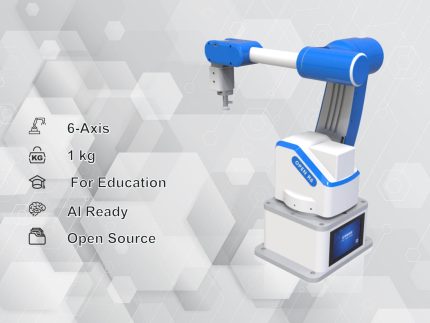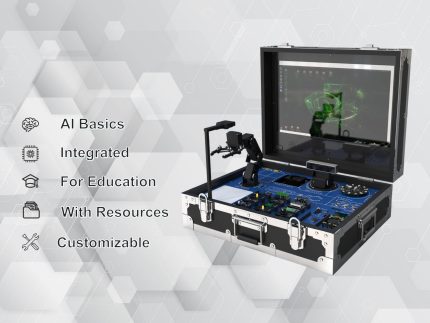
The AI Experiment Box Teaching Lab revolutionizes AI education with hands-on learning and innovative teaching solutions.
Introduction
In today’s fast-evolving educational landscape, artificial intelligence (AI) technology is reshaping how universities deliver instruction. Hunan University of Technology (HUT) recently invested in the AI Experiment Box Teaching Lab, bringing 5 exciting benefits to its Artificial Intelligence Department. This advanced teaching platform bridges theoretical knowledge with practical application, enhancing student engagement, improving teaching efficiency, and fostering innovation. This article explores how the AI Experiment Box Teaching Lab has transformed AI education at HUT, detailing the implementation process, outcomes, and future plans.
About the Institution and Department
Overview of Hunan University of Technology
Hunan University of Technology (HUT), located in Zhuzhou, China, is a multidisciplinary undergraduate institution with strong programs in engineering, materials science, and computer science. The university emphasizes applied research and industry collaboration. It has earned recognition in internationally respected rankings such as the QS World University Rankings and the Academic Ranking of World Universities (ARWU).
Artificial Intelligence Department Teaching Needs
The AI Department at HUT plays a vital role in cultivating skilled AI professionals capable of meeting growing industrial demands. However, the department faced significant challenges in delivering practical training, primarily relying on theoretical lectures without access to integrated, hands-on AI teaching platforms.
Key teaching needs included:
- Establishing a comprehensive AI Experiment Box Teaching Lab to support experiments in Python programming, machine learning, computer vision, and speech recognition.
- Providing students with real-world project experience to complement theoretical learning.
- Enhancing faculty ability to deliver modular, interactive, and effective AI courses.
- Increasing student engagement and improving learning outcomes through practical experimentation.
The launch of the AI Experiment Box Teaching Lab was designed to address these critical needs, enabling a modern, application-driven AI education environment.
Challenges Before Construction
Before deploying the AI Experiment Box Teaching Lab, the AI Department encountered multiple challenges:
- Outdated Hardware Infrastructure
Existing laboratory equipment was outdated, fragmented, and incapable of supporting intensive AI experiments such as deep learning and computer vision, limiting students’ ability to perform full algorithmic workflows during courses. - Lack of Systematic Practical Curriculum
AI courses heavily emphasized theoretical content, lacking coherent, project-based experimental modules that promote hands-on skills development. - Absence of Standardized Teaching Materials
Teaching resources were developed independently by faculty without uniform standards or structured experimental protocols, hindering scalability and consistency. - Insufficient Faculty Training and Technical Support
Faculty members lacked systematic training on emerging AI tools and experienced delays resolving equipment and software issues, affecting instructional quality. - Low Student Engagement and Practical Exposure
Due to limited hands-on opportunities, student interest and participation were low, impacting their motivation and ability to apply AI concepts effectively.
Recognizing these barriers, HUT sought to implement a comprehensive AI Experiment Box Teaching Lab solution to modernize AI education and enhance both teaching and learning experiences.
AI Experiment Box Teaching Lab Solution Configuration
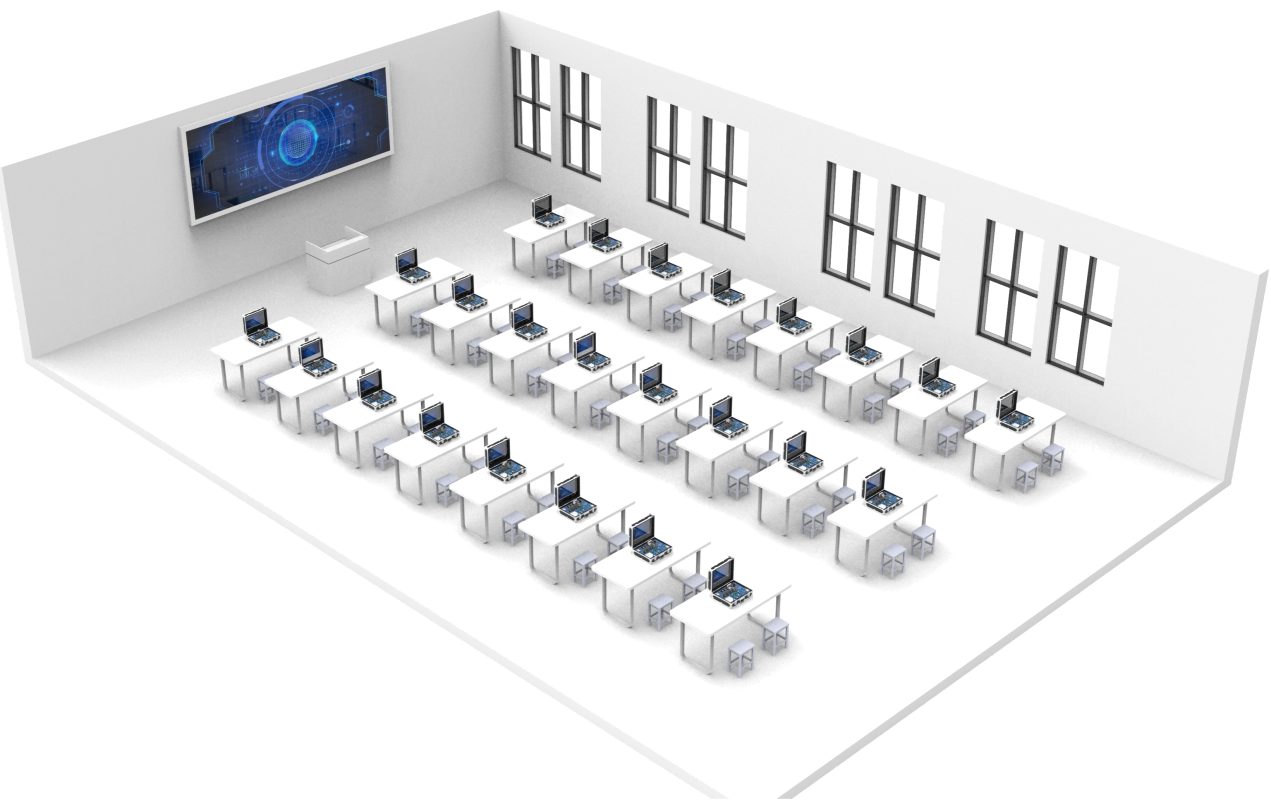
To meet these challenges, HUT introduced the AI Experiment Box Teaching Lab, a high-integration platform featuring:
- Advanced Hardware: Compact devices pre-installed with popular AI frameworks such as TensorFlow, OpenCV, and Python environments supporting edge computing and cloud integration.
- Diverse Experiment Modules: Includes over 10 pre-designed projects covering computer vision, speech recognition, natural language processing, and reinforcement learning.
- Teacher Training Programs: Blended cloud and onsite training sessions, offering 8+ hours of interactive workshops to equip faculty with practical knowledge and troubleshooting skills.
- Optimized Classroom Setup: Lab equipped with 24 AI Experiment Boxes, each shared by 2 students, supported by demonstration screens and real-time monitoring tools.
This setup enabled seamless integration of the AI Experiment Box Teaching Lab into HUT’s existing curriculum.
Five Exciting Benefits Uncovered
1. Enhanced Student Engagement and Practical Skills
Hands-on labs replaced passive learning, increasing student participation rates by over 75%. Students completed multiple real-world projects, fostering deep understanding and problem-solving capabilities.
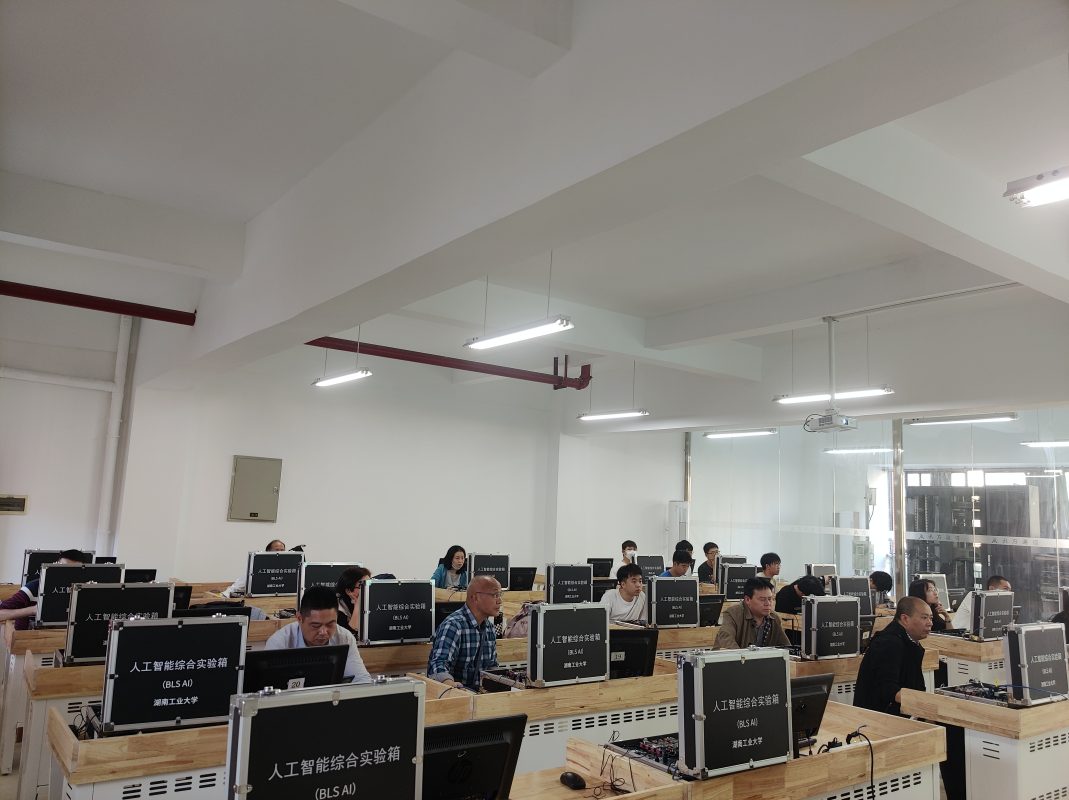
2. Improved Teaching Efficiency and Course Quality
Modular experiment design significantly reduced faculty preparation time by approximately 30%, enabling focus on personalized student guidance and innovation.
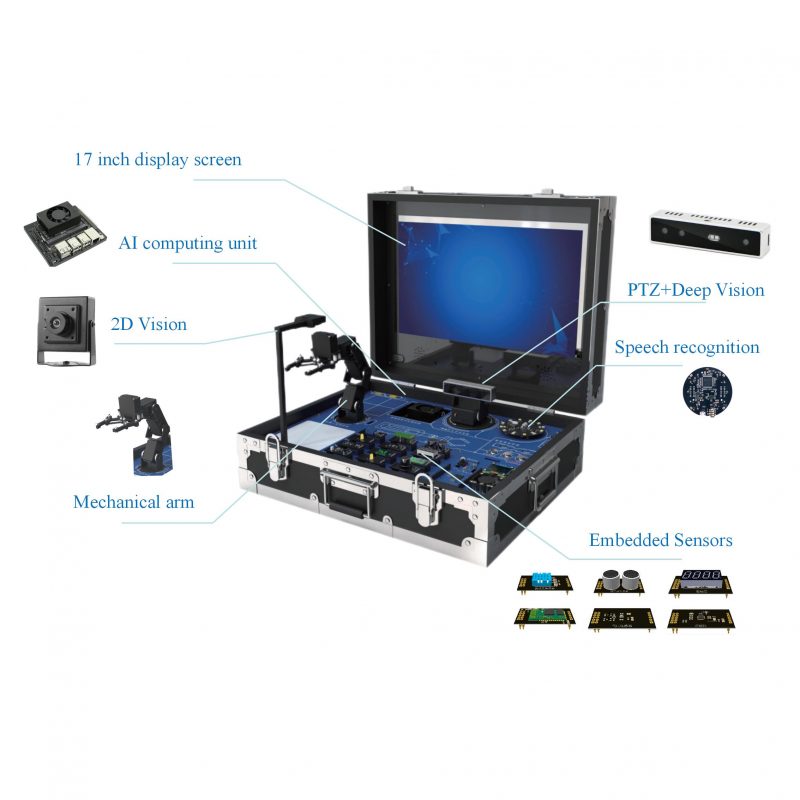
3. Strengthened Industry Collaboration
The lab facilitated partnerships with local AI enterprises for internships and joint projects, aligning academic training with industry standards.
4. Scalable and Sustainable Teaching Model
Standardized resources and modular hardware allow easy replication and scaling across departments, ensuring long-term sustainability.
Implementation Process and Teacher Support
The deployment followed a structured plan:
- Planning & Customization: Tailored lab configuration to meet HUT’s course needs and infrastructure.
- Installation & Testing: Delivered and installed equipment, conducted initial testing with faculty involvement.
- Faculty Training: Hosted blended training combining live workshops and online resources.
- Ongoing Support: Provided continuous technical support and system updates to ensure smooth operation.
Faculty praised the responsive support and user-friendly interface of the AI Experiment Box Teaching Lab, which significantly boosted their confidence in teaching cutting-edge AI content.
Results and Future Outlook
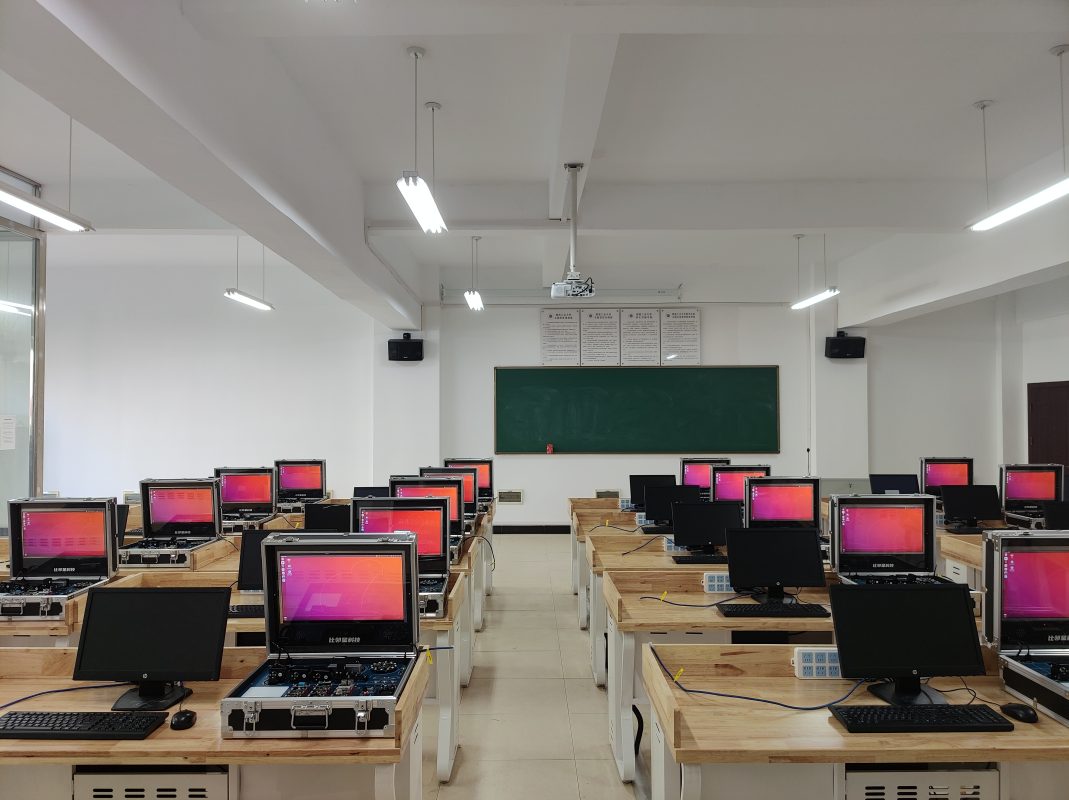
Results
Since deployment, the AI Experiment Box Teaching Lab has generated measurable improvements:
- Over 150 students trained in the first semester with hands-on AI projects.
- Classroom interaction and student satisfaction rates exceeding 90%.
- Faculty workload reduced and teaching quality enhanced.
- Increased student participation in AI competitions with multiple award-winning projects.
Future Plans
HUT aims to expand the lab’s capabilities by:
- Integrating AI teaching with robotics and data science platforms to encourage interdisciplinary learning.
- Updating software and hardware to support emerging AI technologies like multimodal learning and reinforcement learning.
- Expanding faculty professional development programs.
- Promoting student entrepreneurship through lab-driven innovation initiatives.
These steps position HUT as a leader in applied AI education.
Conclusion and Call to Action
The AI Experiment Box Teaching Lab has been a game-changer for Hunan University of Technology, delivering 5 exciting benefits that enrich AI education through practical, scalable solutions. Institutions seeking to elevate their AI curriculum and student outcomes are invited to contact us for tailored teaching lab design, comprehensive resources, and expert training.

